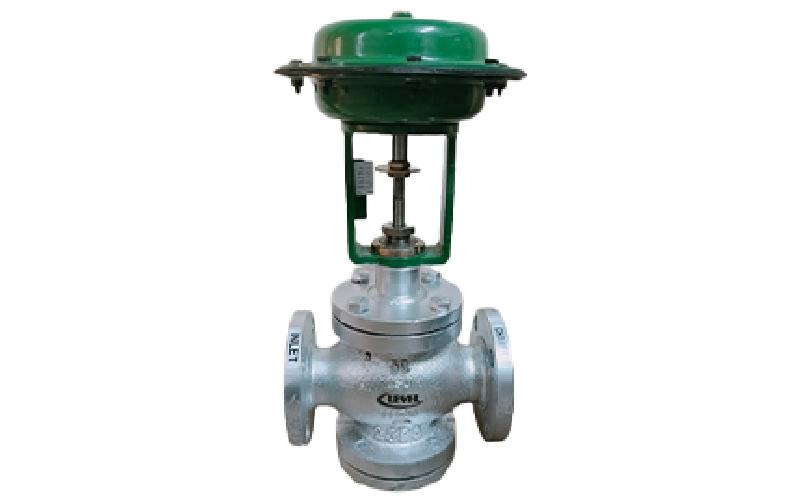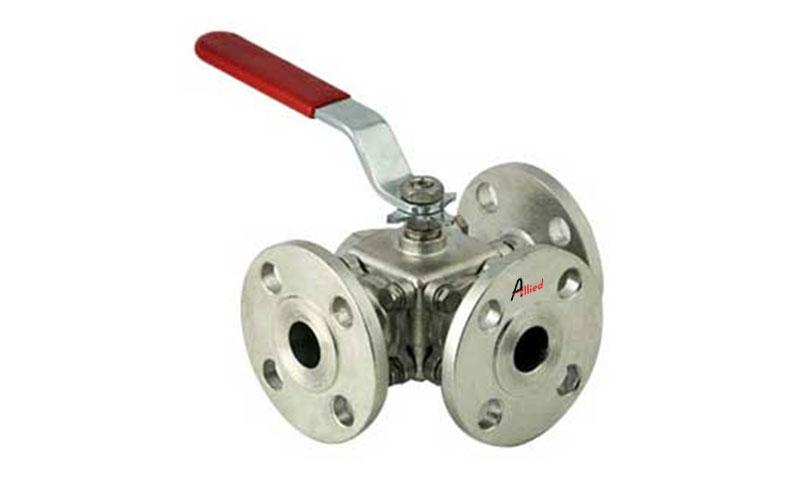Understanding Rotary Union Water Systems: Functionality, Applications, and Maintenance

Rotary union water systems play a pivotal role in various industrial applications, facilitating the seamless transfer of fluids within machinery. Understanding the significance of these mechanisms in water-related operations unveils their intricate functionalities and practical advantages.
Introduction to Rotary Union Water
Rotary union water systems act as connectors that enable the transmission of water or other fluids from a stationary source to a rotating component. These devices find extensive use in industries requiring continuous fluid transfer, such as manufacturing, automotive, and processing plants.
What Is a Rotary Union?
Defining Rotary Union
A rotary union, also known as a rotary joint or swivel joint, comprises specialized components designed to withstand rotational movement while ensuring a steady flow of fluid.
Components and Functionality
Comprising precision-engineered components like seals, bearings, and passages, rotary unions allow the transfer of liquids or gases between stationary and rotating machinery without leakage or interruption.
The Importance of Rotary Union in Water Applications
Industrial Use Cases
In industries like paper manufacturing, printing, and food processing, rotary unions are indispensable for maintaining uninterrupted water flow, cooling systems, or lubrication processes.
Benefits and Advantages
Their ability to operate under high pressures and temperatures, coupled with their durability and minimal maintenance requirements, makes rotary unions highly efficient in water-related applications.
Types of Rotary Union for Water Applications
Single Passage vs. Multi-Passage
Different designs cater to specific needs, with single-passage unions ideal for simpler applications and multi-passage unions accommodating multiple fluid transfers simultaneously.
Materials and Designs
From stainless steel to specialized alloys, the choice of materials impacts the durability and compatibility of rotary unions with different fluids.
Installation and Maintenance of Rotary Union in Water Systems
Proper Installation Procedures
Ensuring correct alignment and adequate sealing during installation is crucial for optimal performance and longevity.
Routine Maintenance Tips
Regular inspection and lubrication routines are essential to prevent issues like leaks or wear, extending the life of rotary unions.
Factors to Consider When Choosing a Rotary Union for Water Applications
Pressure and Temperature Requirements
Selecting a union that matches the operational pressure and temperature conditions is critical for efficiency and safety.
Compatibility with Fluids
Different fluids demand specific materials and designs to prevent corrosion or contamination.
Size and Design Specifications
Choosing the right size and configuration ensures seamless integration with existing systems.
Common Challenges and Solutions in Rotary Union Water Systems
Leakage Issues
Addressing common leakage problems involves proper sealing and maintenance protocols.
Corrosion and Wear
Implementing corrosion-resistant materials and regular maintenance help combat wear and tear.
Troubleshooting Solutions
Knowing how to troubleshoot common issues ensures uninterrupted operations.
Innovations and Advancements in Rotary Union Technology
Recent Developments
Innovations like self-adjusting seals and improved material technologies enhance performance and reliability.
Future Trends
Anticipated advancements include enhanced durability, increased efficiency, and smarter, self-monitoring systems.










Comments